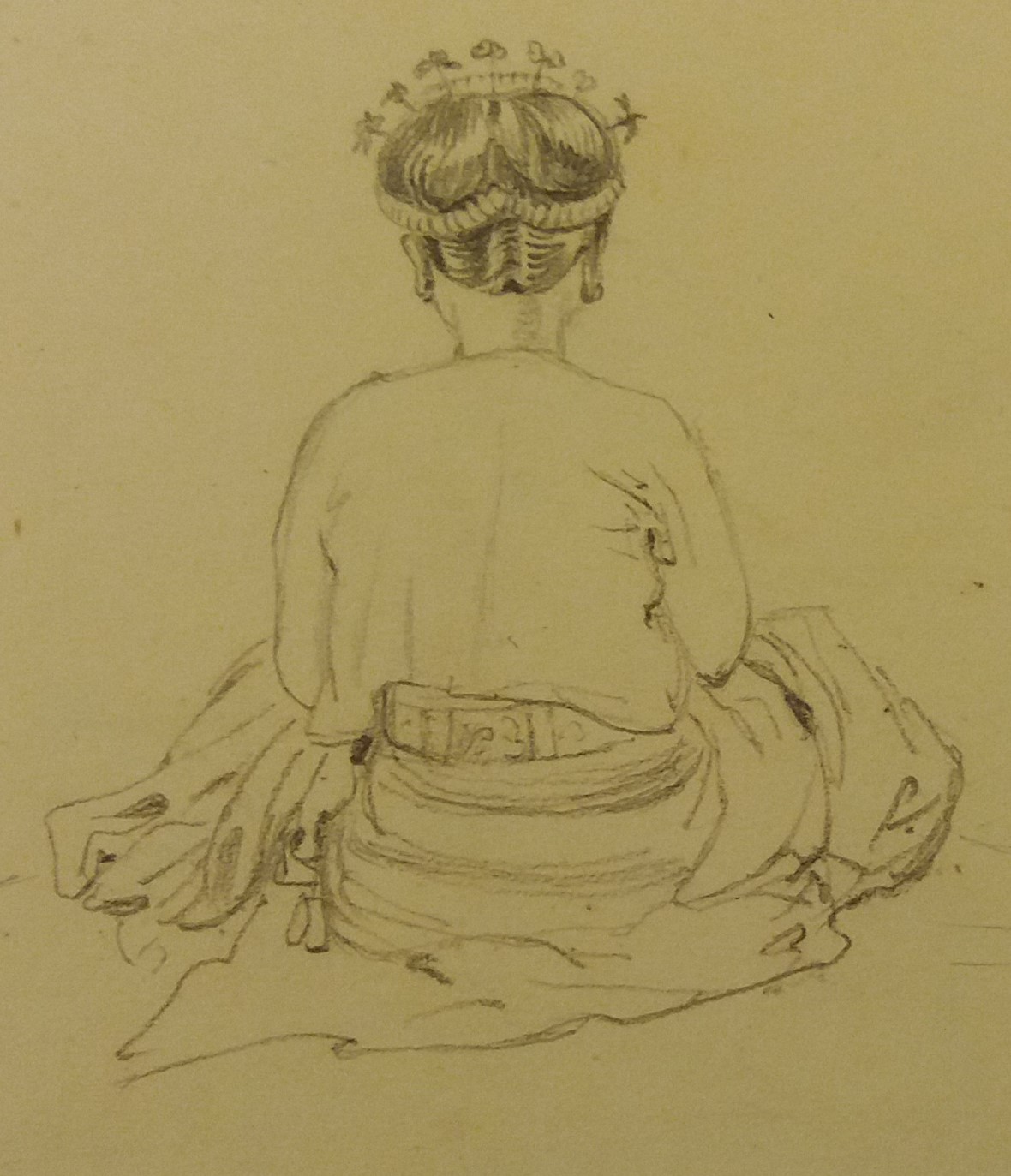For several hundred years after 1498, seafaring European powers developed and co-opted a complicated network of commercial relations along the coastlands of the Indian Ocean World and Asia. For the most part, they did not open up new waterways but took advantage of existing systems of trade and exchange. European commerce was often established by brute force but also through negotiations and treaties, often in combination with violence or threats of violence.
One of the darkest sides of early modern history in Asia and the Indian Ocean World is the trade in enslaved people, which flourished until at least the second half of the 19th century and was largely managed through colonial management and supervision. This aspect of early modern colonial history was discussed at a conference in Växjö on 15–16 September 2023. The event was hosted by the scholarly network Exploring Slave Trade in Asia (ESTA), which has hosted several conventions in previous years.
The aim of the conference in September was to explore how early colonial expansion impacted regional and local forms of slavery in Asia and the wider Indian Ocean World. Furthermore, the conference aimed to explore how indigenous structures of coerced labour met and interacted with Western forms of slavery and exploitation. Among the eighteen papers and two oral presentations were case studies from the Comoro Islands, India, Sri Lanka, Siberia, Manchuria, the Pacific Ocean, and several from Southeast Asia.
Several presentations highlighted new methods of database creation and analysis which are presently revolutionizing our knowledge of the slaving circuits in the Indian Ocean World, the extent of which may have been on the level of the infamous Atlantic slave trade. For example, over one million enslaved people may have been trafficked to the Dutch East India Company’s (VOC) spheres of dominance in the 17th and 18th centuries alone.
In general, the application of slave work in the early modern era and the 19th century was more varied in Asia than in the Americas, which is not surprising considering the enormous geographical differences in and around the continent. As became apparent during the discussions at the conference, it is difficult to find a universally applicable definition of the very word ‘slavery’. Some of the papers scrutinized the rather intricate colonial-indigenous arrangements that enabled European economic and other colonial ventures. Thus, diplomacy and local agreements between the VOC and Sinhalese elites enabled a string of fortresses in Sri Lanka where slaves had an important role in the production of cinnamon. Following Dutch wars and massacres in the beginning of the 17th century, which left the Banda Islands in eastern Indonesia heavily depopulated, nutmeg production was enabled by massive import of slaves by the VOC. This was achieved through formal agreements and contracts with surrounding island societies, which supplied the enslaved people. Likewise, murky European negotiations with royals in the Comoro Islands in the late 18th century ushered in the enslavement and trafficking of many of the islands’ inhabitants. Studying these and other manifestations of slavery comparatively can help us discern the complexities of early colonial relations – which often combined extreme violence, or threats of violence, and the enslavement and trafficking of humans with negotiation and accommodation – in the Indian Ocean World and East and Southeast Asia.
Hans Hägerdal
Hans Hägerdal is a professor of history at Linneaus University and a member of the Historical Treaties of Southeast Asia research team.




